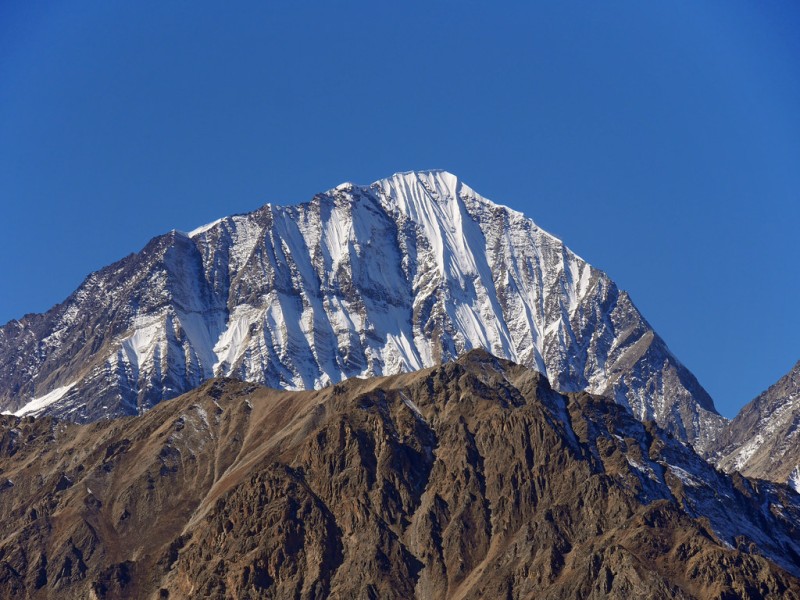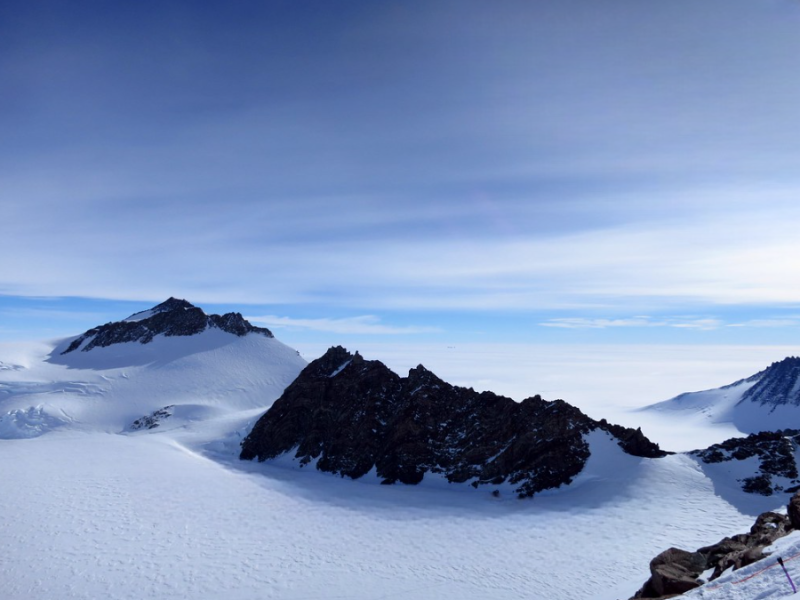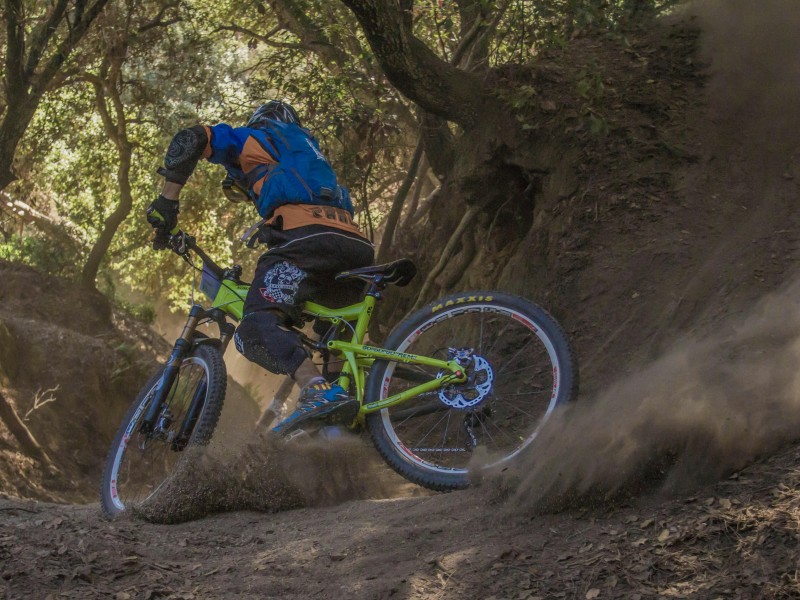Acute Mountain Sickness (AMS) is common at high altitude sickness. In general may occur when people ascend too quickly normally in altitudes of over 3000 m. The symptoms of altitude sickness are due to lower air pressure at high altitudes, which results in lower oxygen levels as you breathe the air in. The air is under less pressure and this makes it harder for your body to get the oxygen out of the air and into the circulation. It's this extra strain on the body that causes altitude sickness.
Symptoms tend to be worse at night and include headache, dizziness, and lethargy, loss of appetite, nausea, breathlessness and irritability. Difficulty sleeping is another common symptom. The major symptoms of altitude sickness
- Periods of sleeplessness
- Runny nose.
- Extra tiredness
- Occasional loss of appetite
- Feeling laziness
- Wish to vomiting
- Periodic breathing
Above are normal symptoms which may occur in your body that you should not be worried about. Every trekker will experience some or all of these, no matter how slowly they ascend.
- Headache and vomiting
- Dizziness
- Racing heartbeat
- Exhaustion
- Nausea
- Diarrhea
- Loss of appetite
- Weakness
- Hard to breath
- Extra tired
- Dry Raspy cough
- Sleeplessness
When the above symptoms will occur into your body, these symptoms usually resolve by spending one or two extra nights at the same altitude or using medicine. Even if you are resting at the same altitude or using medicine, if symptoms are becoming worse, then it is necessary to descend.
- Worsening headache and vomiting
- Swelling of hands and face
- Reduced urine output
- Walking with a staggering gait
- Confusion
- Increased tiredness
- Breathing irregularity
- Visual hallucinations (seeing things that are not real)
- Changes in the ability to think
- Changes in normal behavior
If the above serious symptoms occur in your body, these extremely dangerous symptoms are called High Altitude Cerebral Edema (or HACE). They can lead to unconsciousness and death within 12 hours. Increasing shortness of breath, cough and tiredness may also be signs of High Altitude Pulmonary Edema or HAPE. HAPE can also be rapidly fatal if ignored.
- If possible, don't fly or drive to high altitude. Start below 3,000 meters (10,000 feet) and walk up.
- If you do fly or drive, do not overexert yourself or move higher for the first 24 hours.
- If you go above 3,000 meters (10,000 feet), only increase your altitude by 350 to 500 meters (1,000 feet) per day Climb high and sleep low! You can climb more than 300 to 500 meters in a day as long as you come back down and sleep at a lower altitude.
- If you begin to show symptoms of moderate altitude sickness, don't go higher until symptoms decrease.
- Drink plenty of water, tea or juice etc (at least three to 4 liters per day). Urine output should be copious and clear to pale yellow.
- Eat high-carbohydrate foods (rice, pasta, cereal) for more energy.
- Take it easy and don't overexert yourself when you first get up to altitude. But, light activity during the day is better than sleeping because respiration decreases during sleep, exacerbating the symptoms.
- Avoid alcohol as it may increase the risk of dehydration, and don't smoke.
- Don't push yourself when climbing up to passes, rather take plenty of breaks.
- Avoid taking sleeping pills.
- Avoid active movements and try to relax in the first one or two days upon arrival at the high altitude areas.
- Bring adequate medicine.
- If nothing else works, return to the areas with the lower elevation.
- Allow sufficient time for acclimatization (After 3000 meters).
- Don’t make a rapid Ascent. Don’t go too far too fast.
- Do not trek/travel alone, take a guide/porter.
- Follow the advice from your guide, hotel, local, guide book.
- Descent if mild symptoms rapidly get worse.
- Never leave or descent sick people alone.
- Avoid getting cold.
- Take an easy and comfortable trekking route even if its longer
Following is a list of items you should consider including in your medical kit - consult your pharmacist for brands available in your country.
- Aspirin or paracetamol - for pain or fever
- Antihistamine - for allergies, eg hay fever; to ease the itch from insect bites or stings; and to prevent motion sickness.
- Antibiotics consider including these if you're traveling well off the beaten track' see your doctor, as they must be prescribed, and carry the prescription with you.
- Loperamida or Diphenoxylate 'blockers' for diarrhea' Prochlorperazine or metoclopramide for nausea and vomiting.
- Rehydration mixture to prevent dehydration, eg due to severe diarrhea; particularly important when traveling with children.
- Insect repellent, sunscreen, lip balm and eye drops.
- Calamine lotion, sting relief spray or aloe vera-to ease irritation from sunburn and insect bites or stings.
- Antifungal cream or powder - for fungal skin infections and thrush.
- Antiseptic, such as povidone-iodine for cuts and grazes.
- Bandages, band-aids or plasters and other wound dressings.
- Scissors, tweezers and a thermometer (note that mercury thermometers are prohibited by airlines)
- Cold and Flu tablets, throat lozenges and nasal decongestants.
- Multivitamins - consider for long trips, when dietary vitamin intake may be inadequate.
Note: We have guides trained at the High Altitude Medical Training Center. Our staff is very experienced in dealing with the effects of higher altitudes. As they are natives of Nepal, they easily acclimatize and therefore can care for their clients. They are equipped with the necessary medical supplies and will assist you with basic first aid treatment. We design our tours to ensure clients are ready for high altitude, and arrange alternative itineraries for those at risk
Copyright ©2025 All rights reserved | Xtreme Climbers Treks and Expedition - Your Adventure Partner in Nepal






























































































































